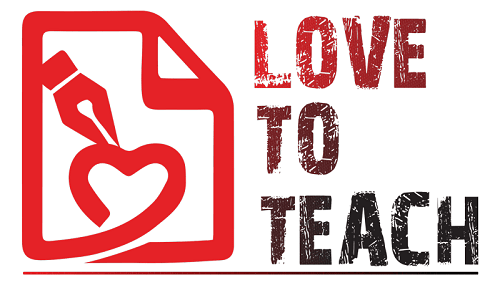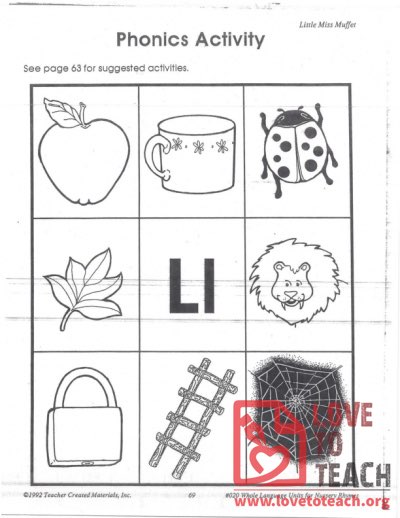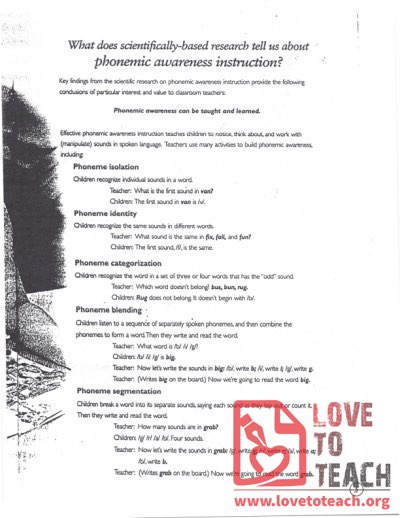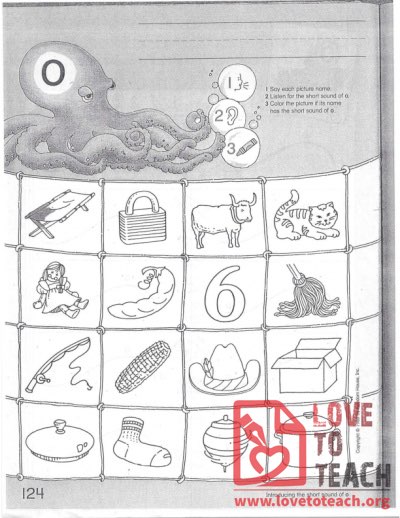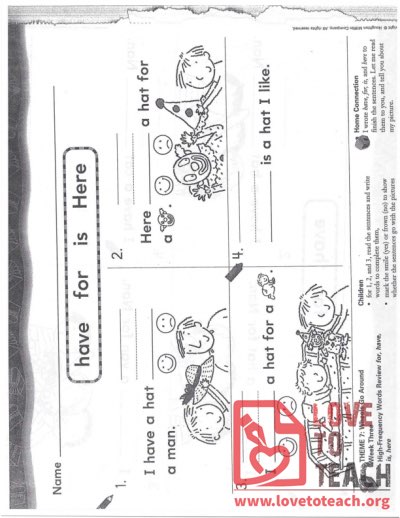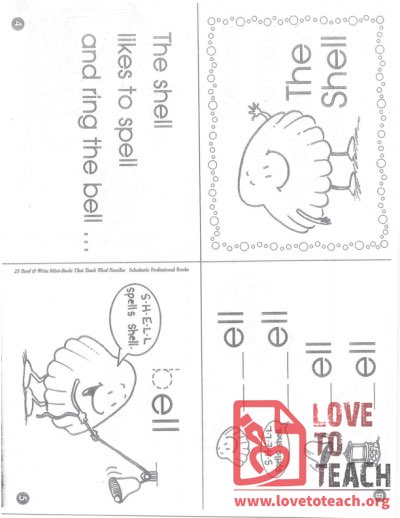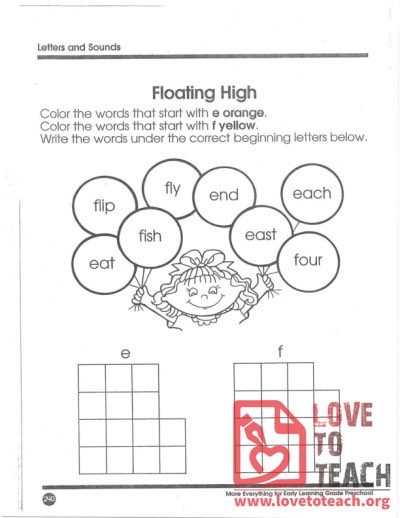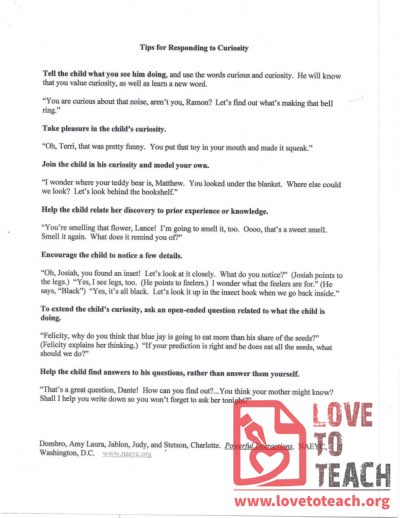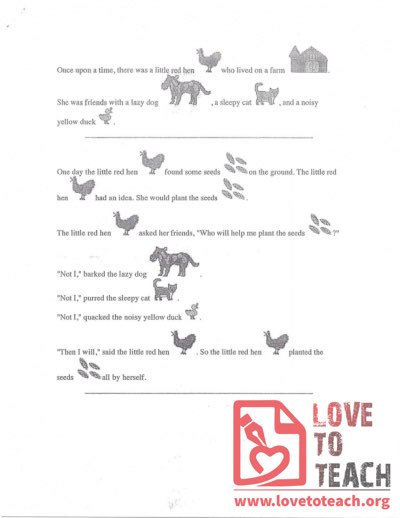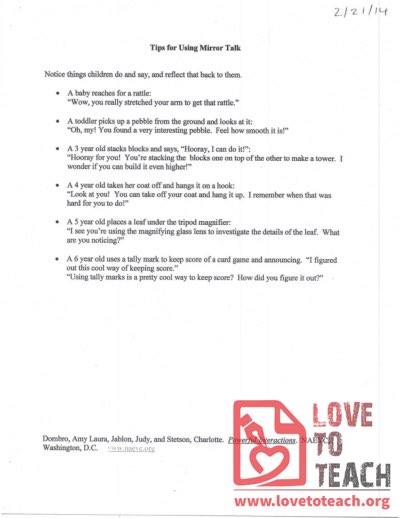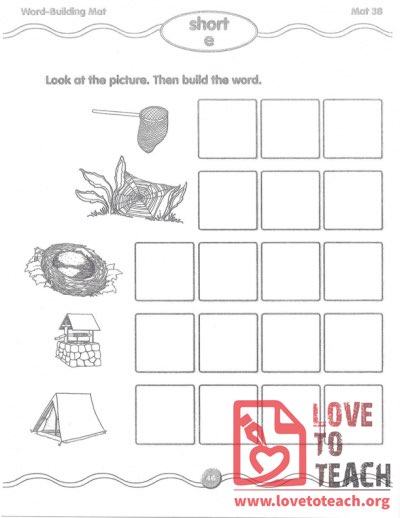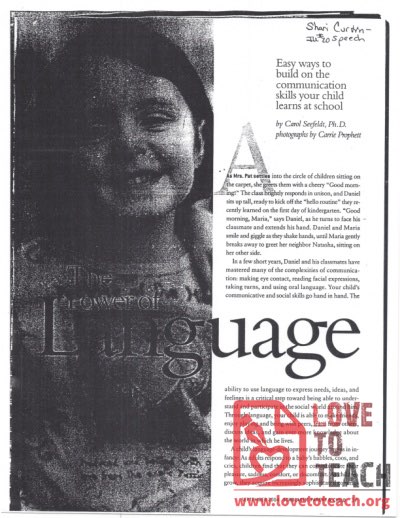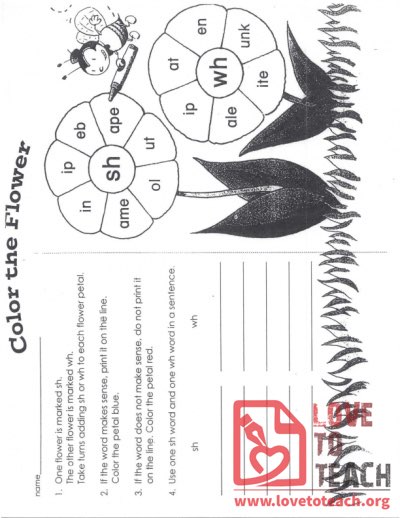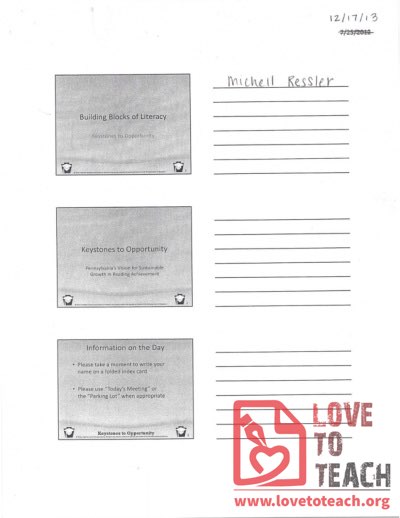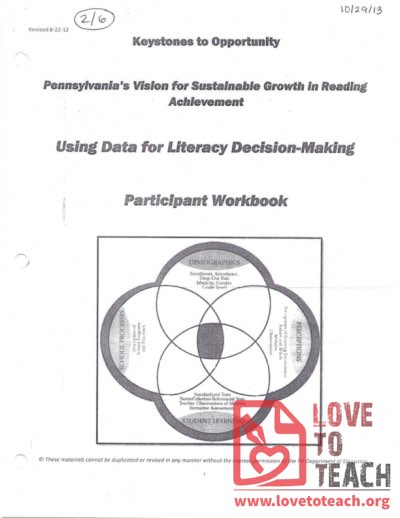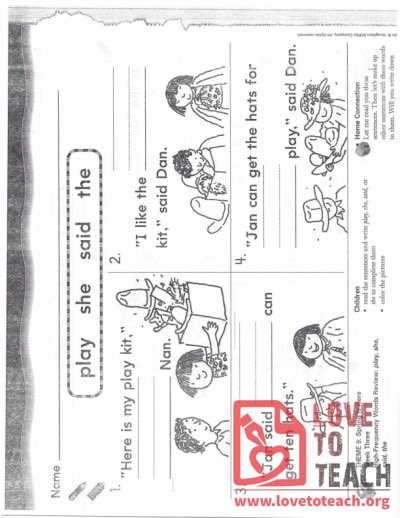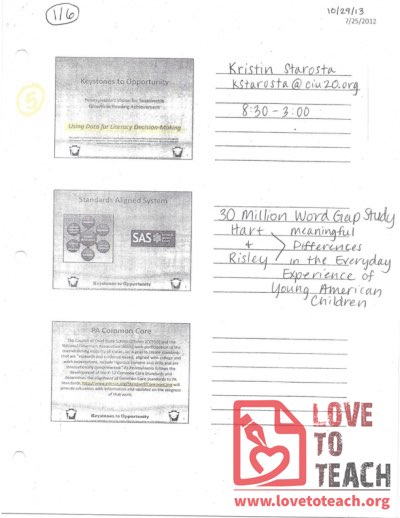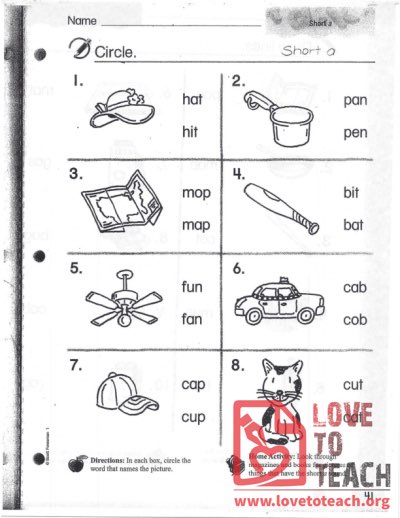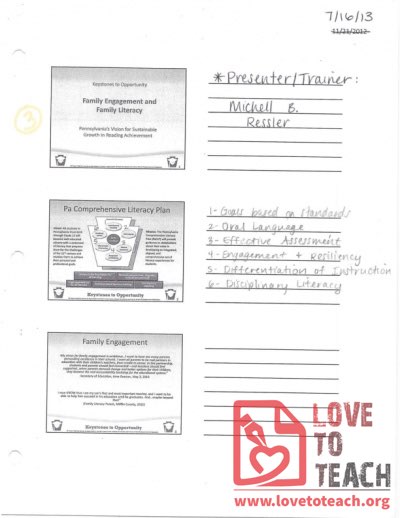Language Arts (381)
Whether you're focusing on comprehension strategies, literary analysis, or honing writing techniques, we provide a diverse array of materials to support your teaching objectives. From engaging literature guides to interactive grammar activities, our resources are designed to spark curiosity, inspire creativity, and cultivate a deep appreciation for the power of language.
Worksheet to accompany "Little Miss Muffet" book. 9 squares to cut and color including apple, cup, ladybug, leaf, lion, lock, ladder, spiderweb...
Two page worksheet for practicing Long and Short "O" - coloring, tracing.
Read the sentences and write the words to complete them.
Simple book for learning words that end in "-ell" The shell likes to spell and ring the bell at the well...
Color the words that start with "e" orange, color the words that start with "f" yellow. Write the words under the correct beginning letters below.
Tell the child what you see him doing, take pleasure in the child's curiosity, help the child relate her discovery to prioer knowledge or experience, encourage the notice a few details.
Notice things children do and say, and reflect that back to them. For example, a baby reaches for a bottle, say "Wow, you really stretched your arm to get that bottle."
Look at the picture, then build the word (net, web, nest, well, tent)
Easy ways to build on the communication skills your child learns at school. Eye contact, facial expressions, taking turns, oral language skills.
Combination coloring / word activity worksheet. Add "sh" and "wh" to each petal and color it a different color based on whether the resulting word makes sense.
Powerpoint to accompany "Building blocks of literacy"
Participant Workbook - "Using Data for Literacy Decision Making"
Words: Play, she, said, the. Children read the sentences and write the word to complete them. Color the pictures.
Powerpoint to accompany "Using Data for Literacy Decision Making"
In each box, circle the word that names the picture. Hat, pan, map, bat, fan, cab, cap, cat
Powerpoint to accompany "Family Engagement and Family Literacy"
Things to keep in mind when teaching kids how to read: you don't ever "teach" reading, or get tense around books.
Page 19 of 20
